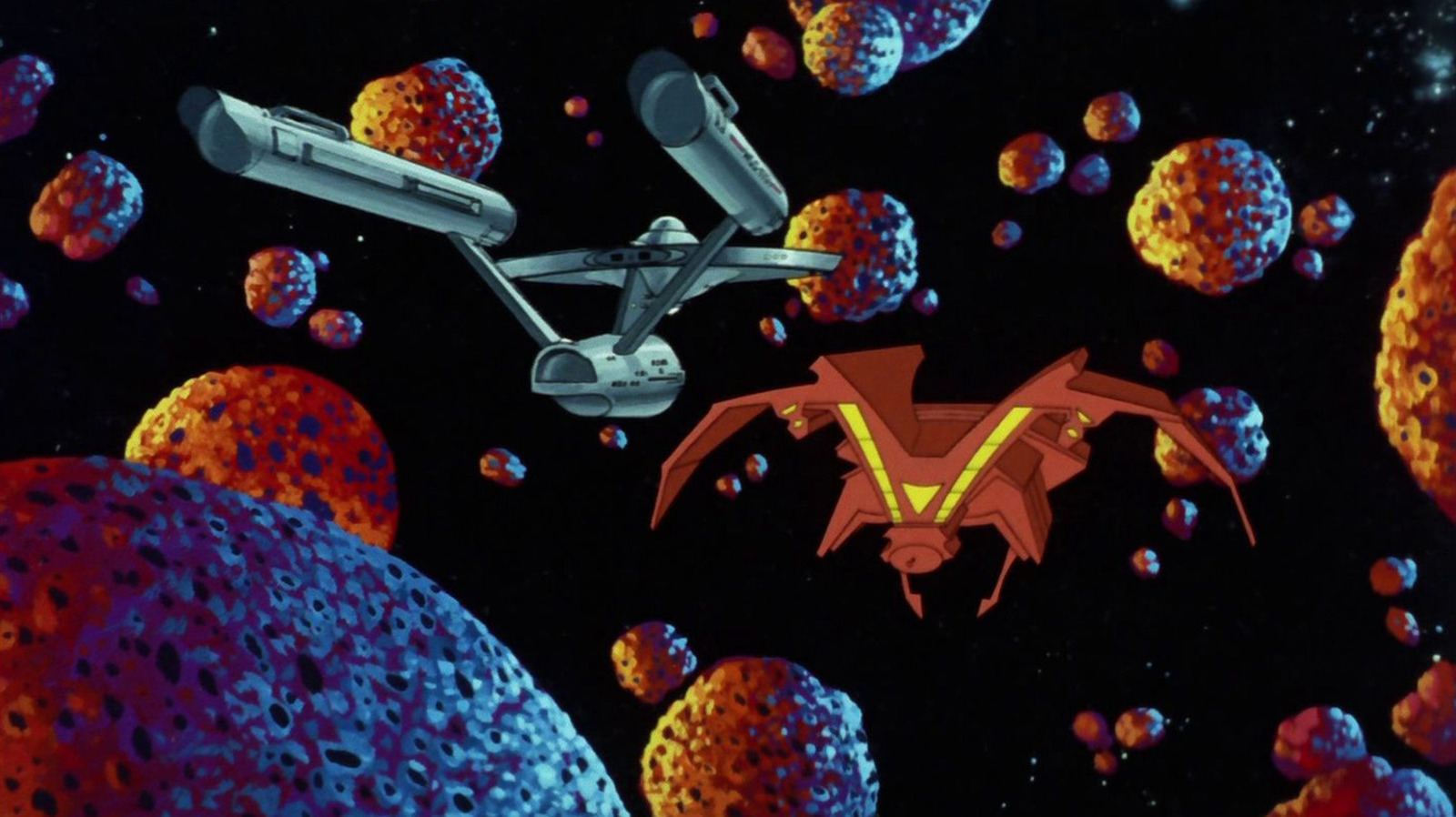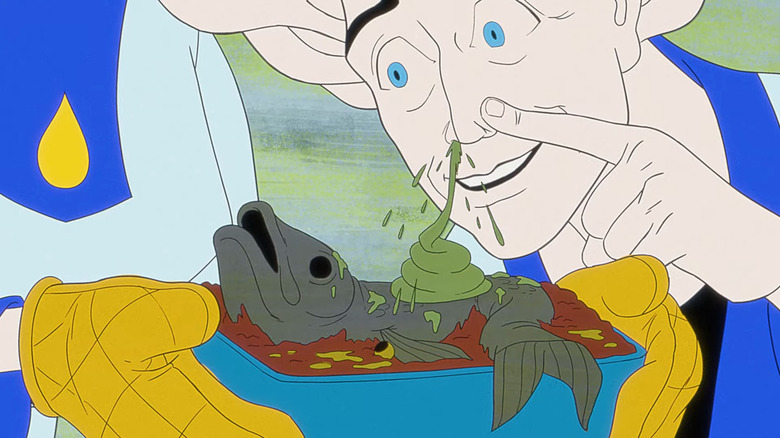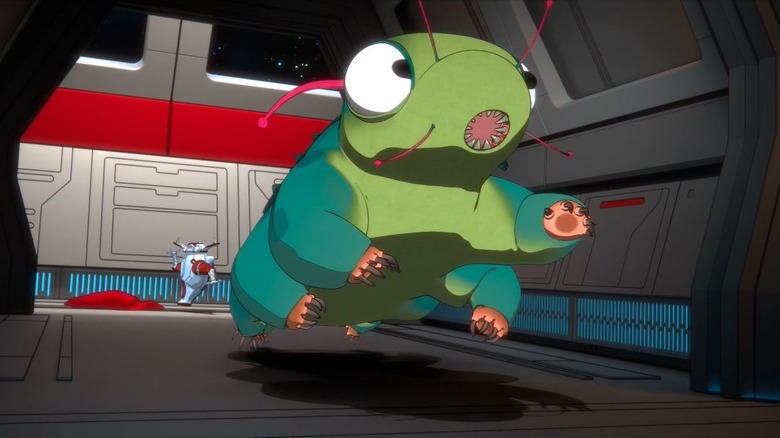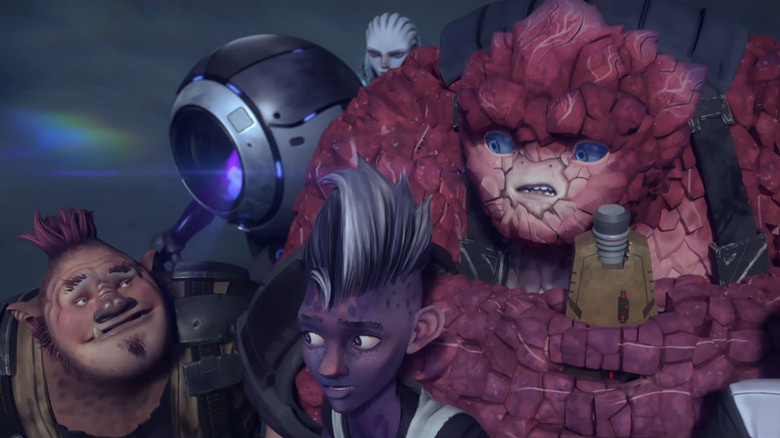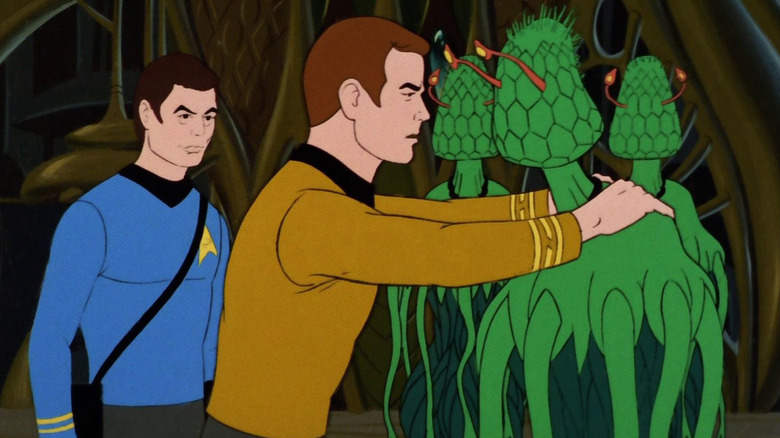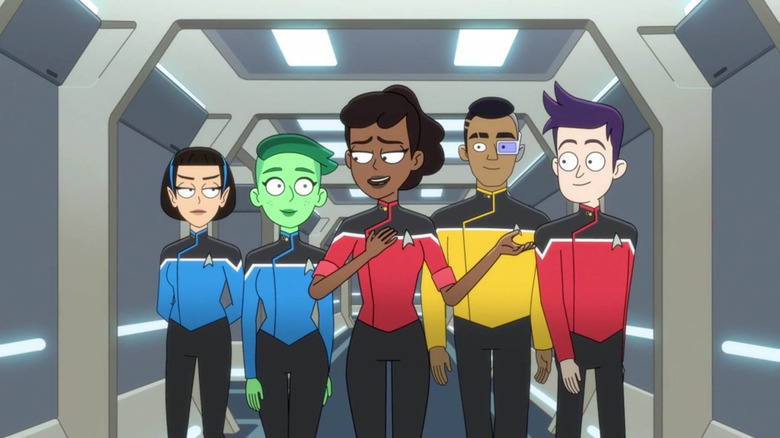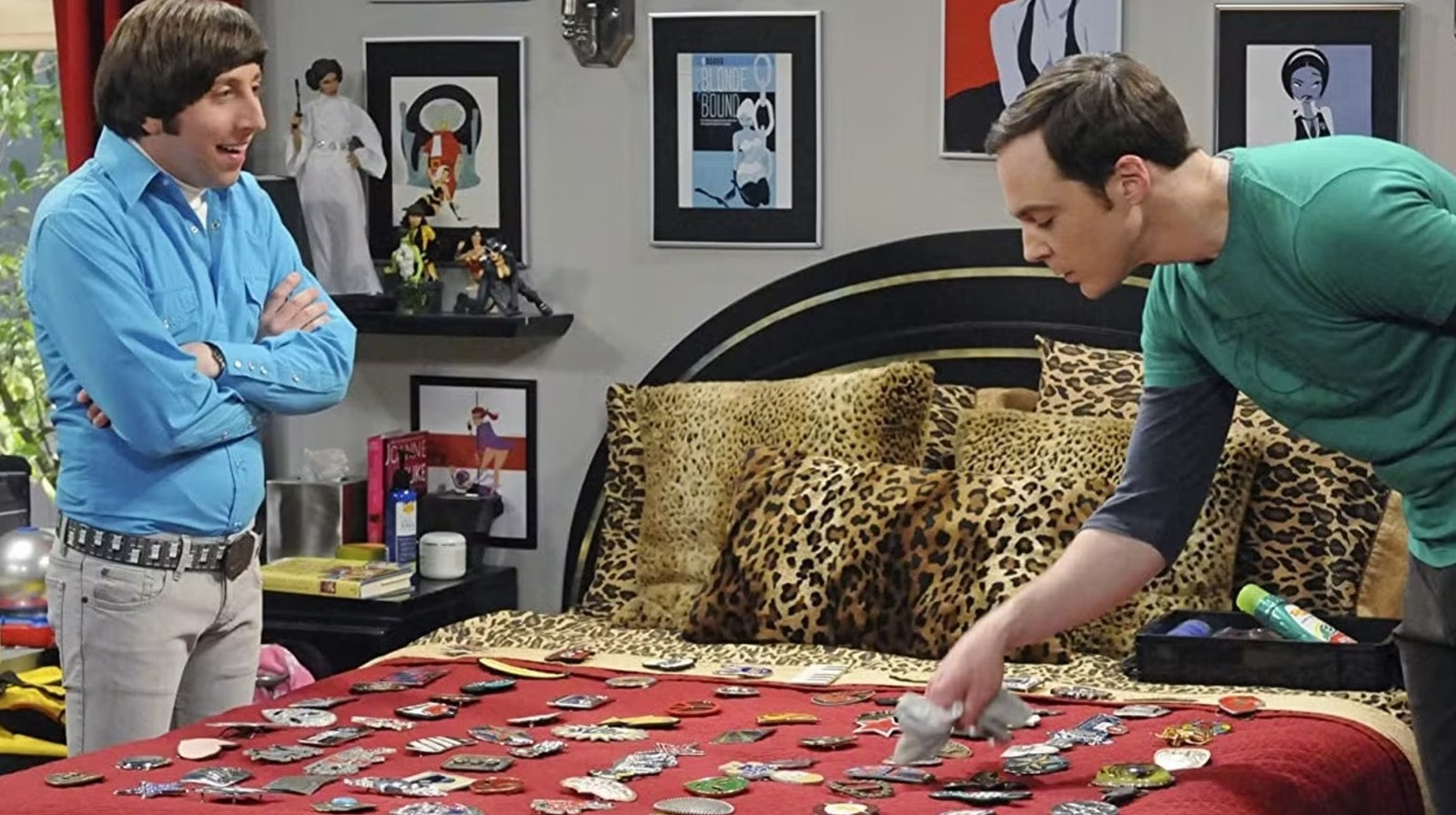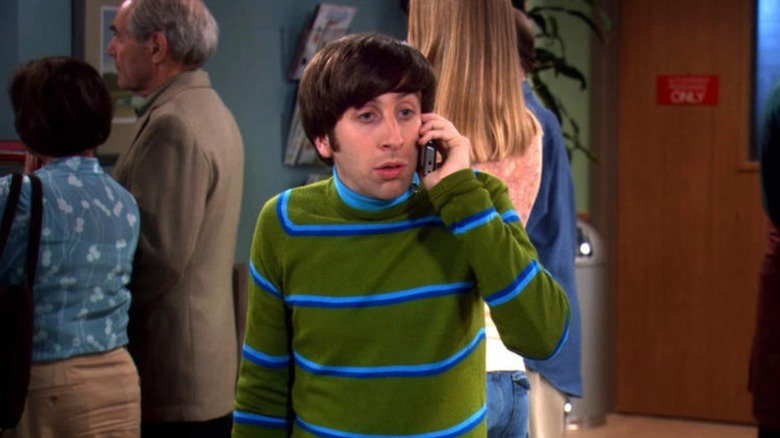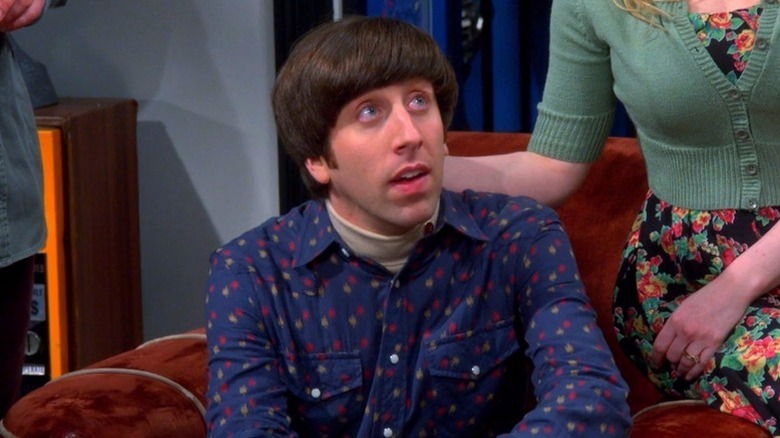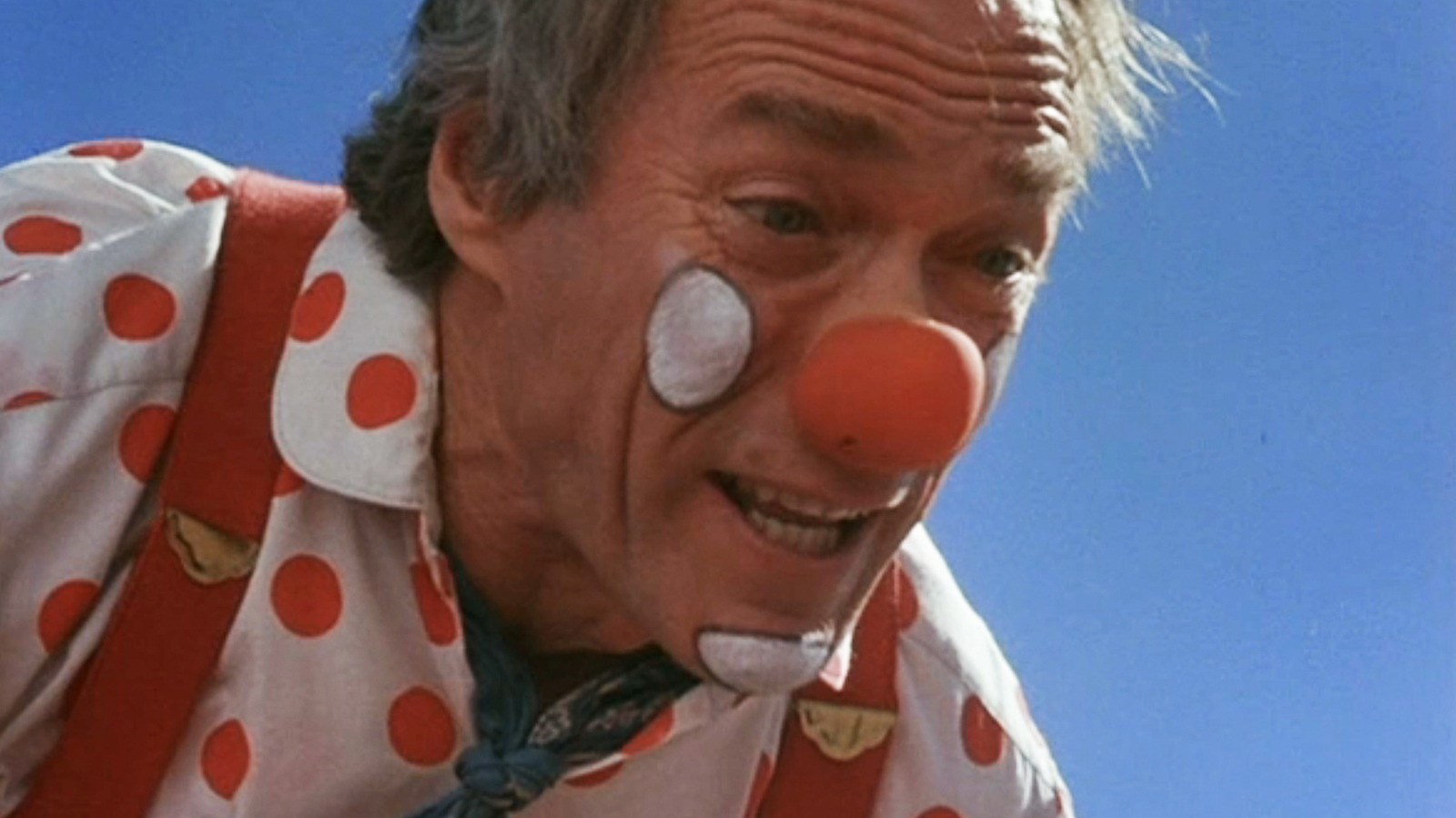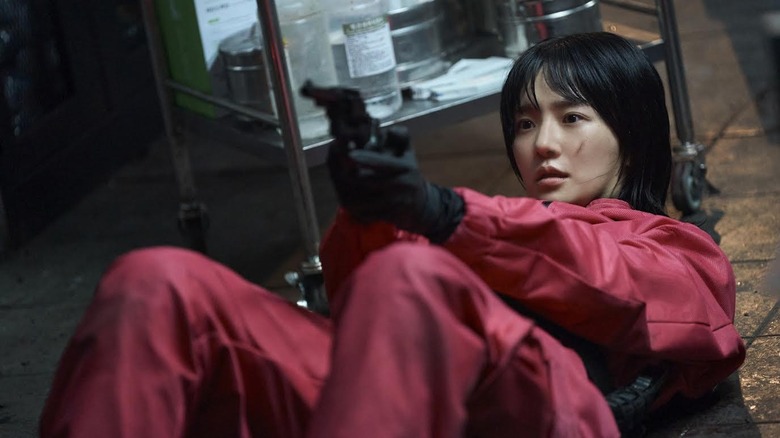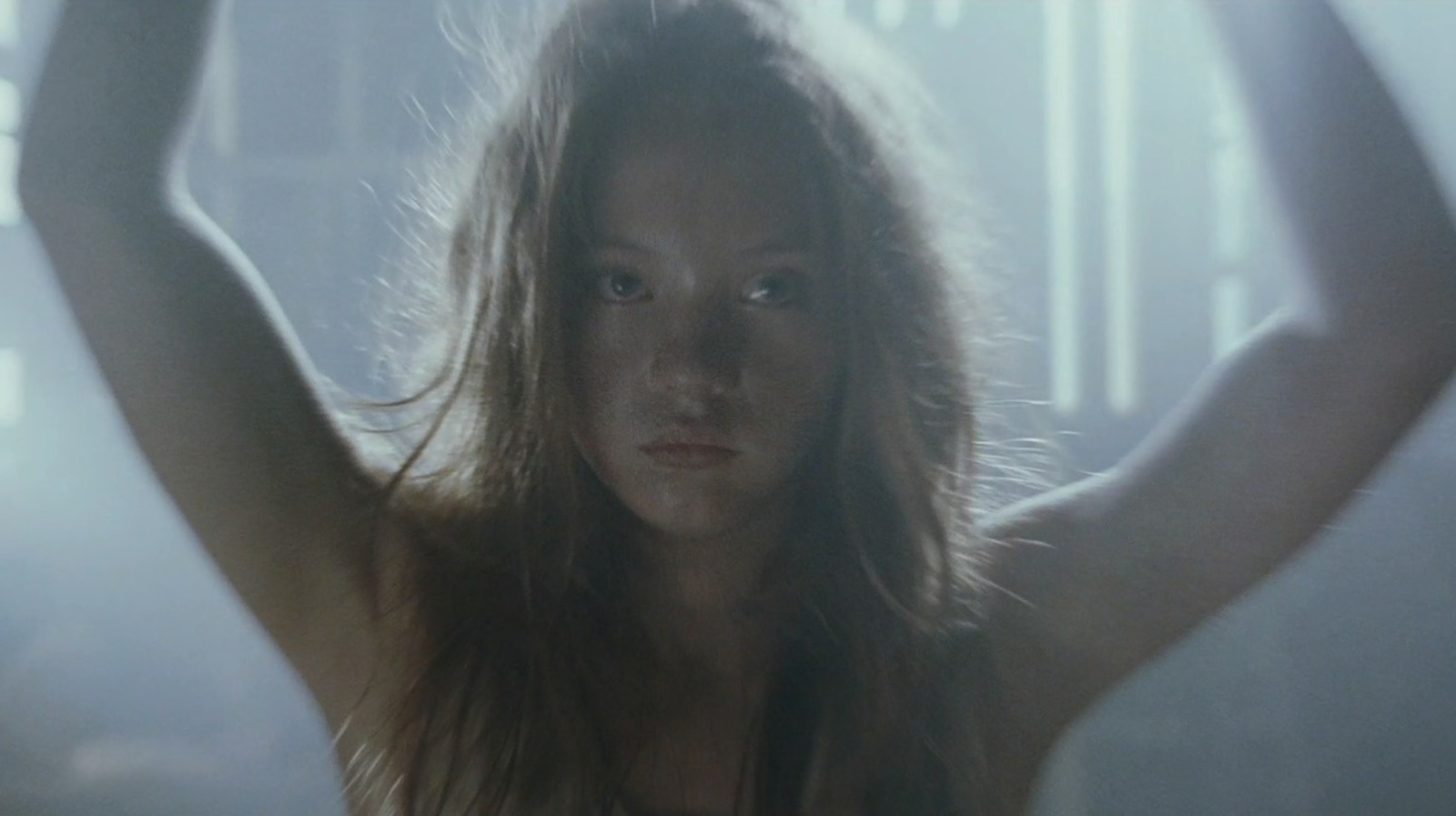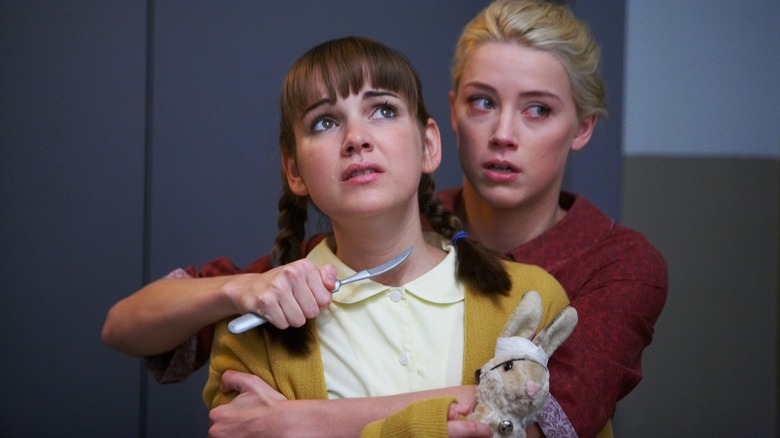Jim Carrey and Clint Eastwood’s brief on-screen collaborations
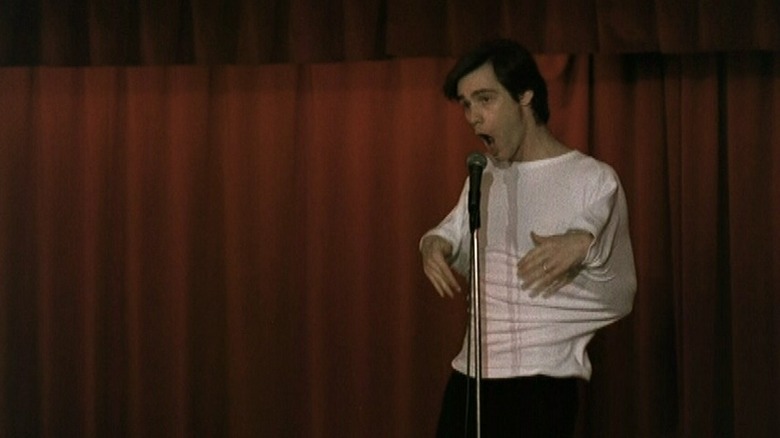
Warner Bros.
Jim Carrey and Clint Eastwood actually crossed paths for the first time in 1988’s “The Dead Pool,” one of the worst of the five “Dirty Harry” movies. In this final film in the franchise (unless you count the spiritual sequel “Gran Torino”), Carrey can be seen playing a heavy metal frontman whose most memorable scene involves lip-synching to “Welcome to the Jungle” in a music video homage to “The Exorcist” directed by Liam Neeson. (You might be starting to understand why the film was received so poorly.) Carrey doesn’t last long in the movie and doesn’t have any scenes with Eastwood, but he’d get another chance to work with the veteran star a year after “The Dead Pool” debuted.
In “Pink Cadillac” Eastwood’s Tommy Nowak tracks down Bernadette Peters’ Lou Ann McGuinn, who has skipped bail and absconded in the titular vehicle along with some money belonging to a group of white supremacists. He finds her in a casino and sits down at a table while a comedian performs on-stage in the background. That comedian is Carrey, who can even be heard delivering an early rendition of his now classic Ace Ventura line “Alrighty Then” in the film.
As Nowak and McGuinn chat, the camera cuts to Carrey doing his schtick, which, in this instance, is an Elvis tribute performed with his arms tucked inside his shirt. Eastwood scowling at Carrey prancing around on-stage is inarguably funny and seems to represent exactly how the actor would feel if he encountered Carrey’s antics in real life. It very much has the same energy as Tommy Lee Jones’ famous rebuke of Carrey during the filming of “Batman Forever,” in which he told the then-young star that he could not “sanction” his “buffoonery.” In this brief scene in “Pink Cadillac,” that’s pretty much what I imagine Eastwood is thinking. Sadly, the rest of the movie isn’t as funny.
We should have gotten a full Jim Carrey/Clint Eastwood team-up
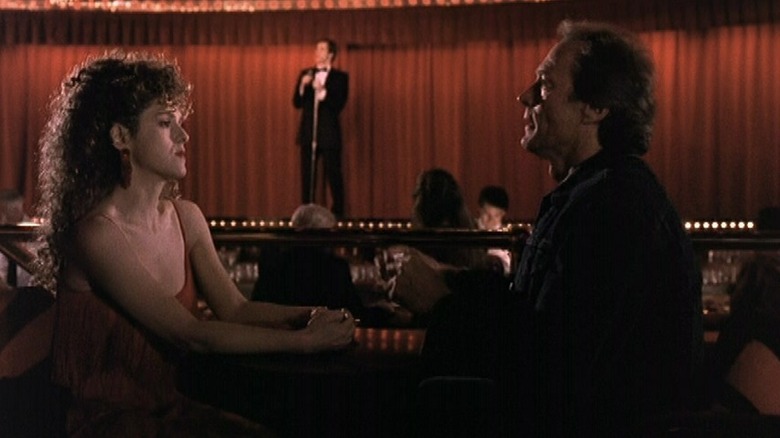
Warner Bros.
“Pink Cadillac” was the third collaboration between Clint Eastwood and director Buddy Van Horn, who, aside from directing “Any Which Way You Can,” was also responsible for “The Dead Pool.” That’s not exactly the finest contribution to Eastwood’s celebrated oeuvre (though Carrey’s music video performance in the latter is one of the greatest “Dirty Harry” movie moments), but at least with his 1989 action-comedy the filmmaker had finally succeeded in bringing Eastwood and Jim Carrey together in a single scene. Otherwise, “Pink Cadillac” was mostly dismissed by critics, though some found it charming enough.
The movie fared only slightly better than the 20% score for “Any Which Way You Can” on Rotten Tomatoes, with a 24% critic score based on 21 reviews. Roger Ebert found the movie dull and its tone uneven, writing, “There’s little that’s new in the material, and nobody seems to have asked whether the emotional charge of blatant racism belongs in a lightweight story like this — even if the racists are the villains.” Similarly, Caryn James of the New York Times described the film as “the laziest sort of action-comedy,” with “lumbering chase scenes, a dull-witted script, and the charmless pairing of Mr. Eastwood and Bernadette Peters.” If anything, it would have been better to team Eastwood with Carrey and let the two clash throughout — especially since one of Carrey’s best early impressions was of a “Dirty Harry”-era Eastwood.
Still, some were quite taken by “Pink Cadillac” with Jonathan Rosenbaum of the Chicago Reader seemingly having seen an entirely different movie. He wrote in his review, “As a deeply personal work about free-floating existential identities, this 1989 film has the kind of grit and feeling that few action-comedies can muster, with Eastwood and Peters interesting and unpredictable throughout.”
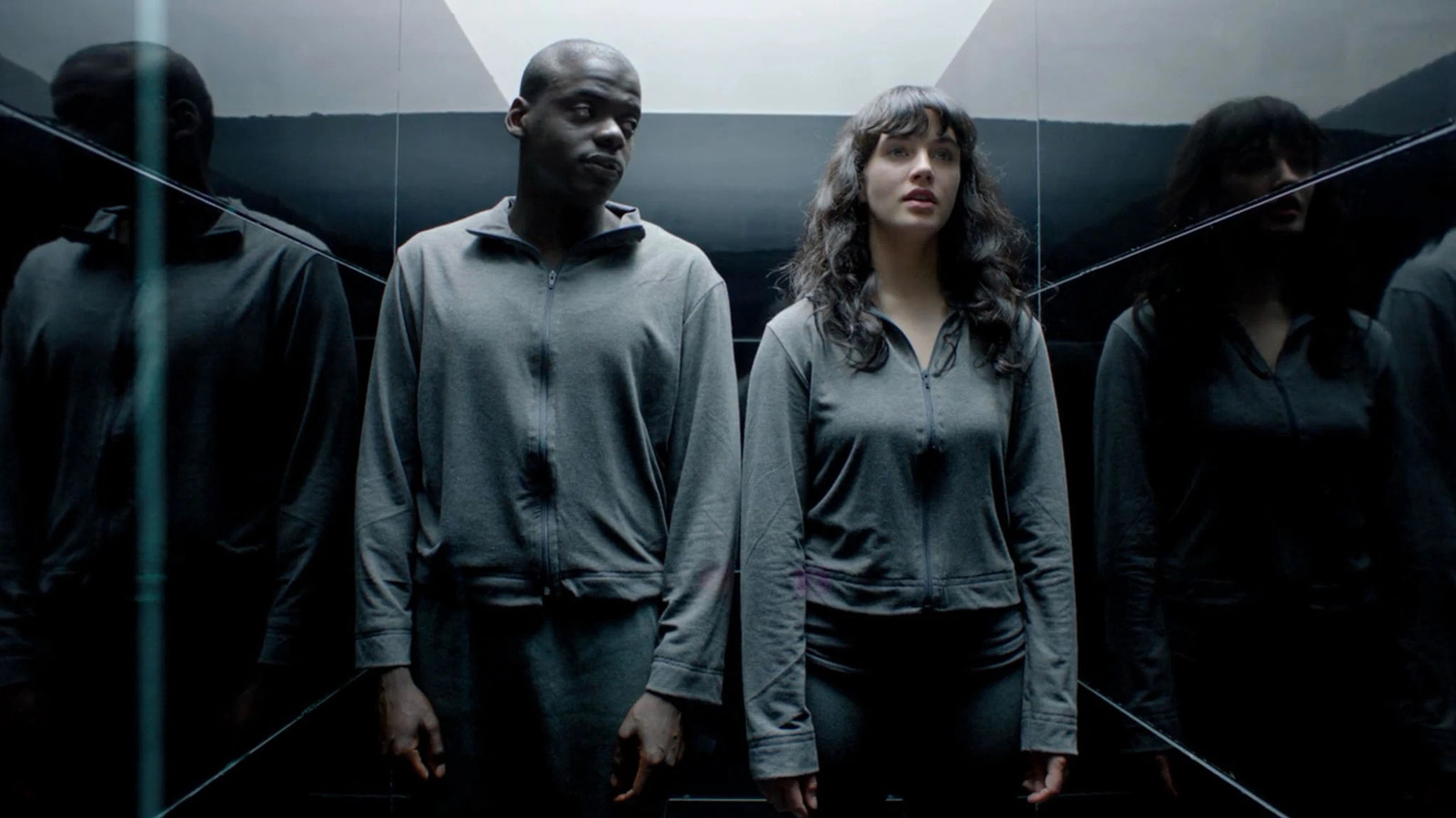
by admin | Jun 29, 2025 | TV & Beyond Articles
If you don’t recognize Danie Kaluuya from “Black Mirror,” you probably remember him from Jordan Peele’s blockbuster directorial debut “Get Out,” which changed the game by spawning a whole spate of social thrillers in its wake and even encouraging college professors to build courses around the film. Kaluuya plays Chris, a guy who visits his white girlfriend’s family home only to discover a house of unexpected horrors. So how did Peele find him?
“It was ‘Black Mirror,’ Peele told Deadline in 2018 when he and Kaluuya discussed the film together. “I had this immediate feeling of, how is this guy so good and I haven’t seen his work before? The way I can best describe it is, he showed the full range of the two opposite sides of Chris. Different characters, different emotions. The character goes from being quiet, introspective, subdued, with a relatable sense of compliance to the system, and then by the end he explodes and is primal. In the ‘Black Mirror’ episode, he showed it in just monologue, this primal, frugal, passionate monologue that just feels like a Greek tragedy. And so I knew I needed somebody who could do both of those things, and either one of those, he does better than anyone else.”
Peele said that while he personally knew Kaluuya was the man for the role, he needed to bring him in to audition anyway, and he performed the now-famous “hypnosis scene.” According to Peele, it was unbelievable. “It was a beautiful moment, it was undeniable,” he recalled. “You could see he doesn’t do anything for the sake of doing something. His specificity in what he chooses to do, you could tell he was into some good, interesting s***. One of the things that really stood out to me was, he understood the risk of ‘Get Out’ and instead of it pushing him away, it drew him closer. I felt like we had this bond of like, holy s***, they’re going to let us make this movie? We’re going to do things you’re not supposed to do in this movie and it could go very wrong.”
The rest is literally cinematic history, and it’s safe to say that nothing went wrong once Peele and Kaluuya teamed up. Not only did the film score Oscar nominations for Kaluuya, the overall film, and nods for Peele for directing and writing (the latter of which he won in the Best Original Screenplay category), the actor and writer/director reunited in 2022 for “Nope” to create even more movie magic. It’s lucky, then, that Kaluuya booked this role in “Black Mirror,” or we may never have gotten his performance in “Get Out.”
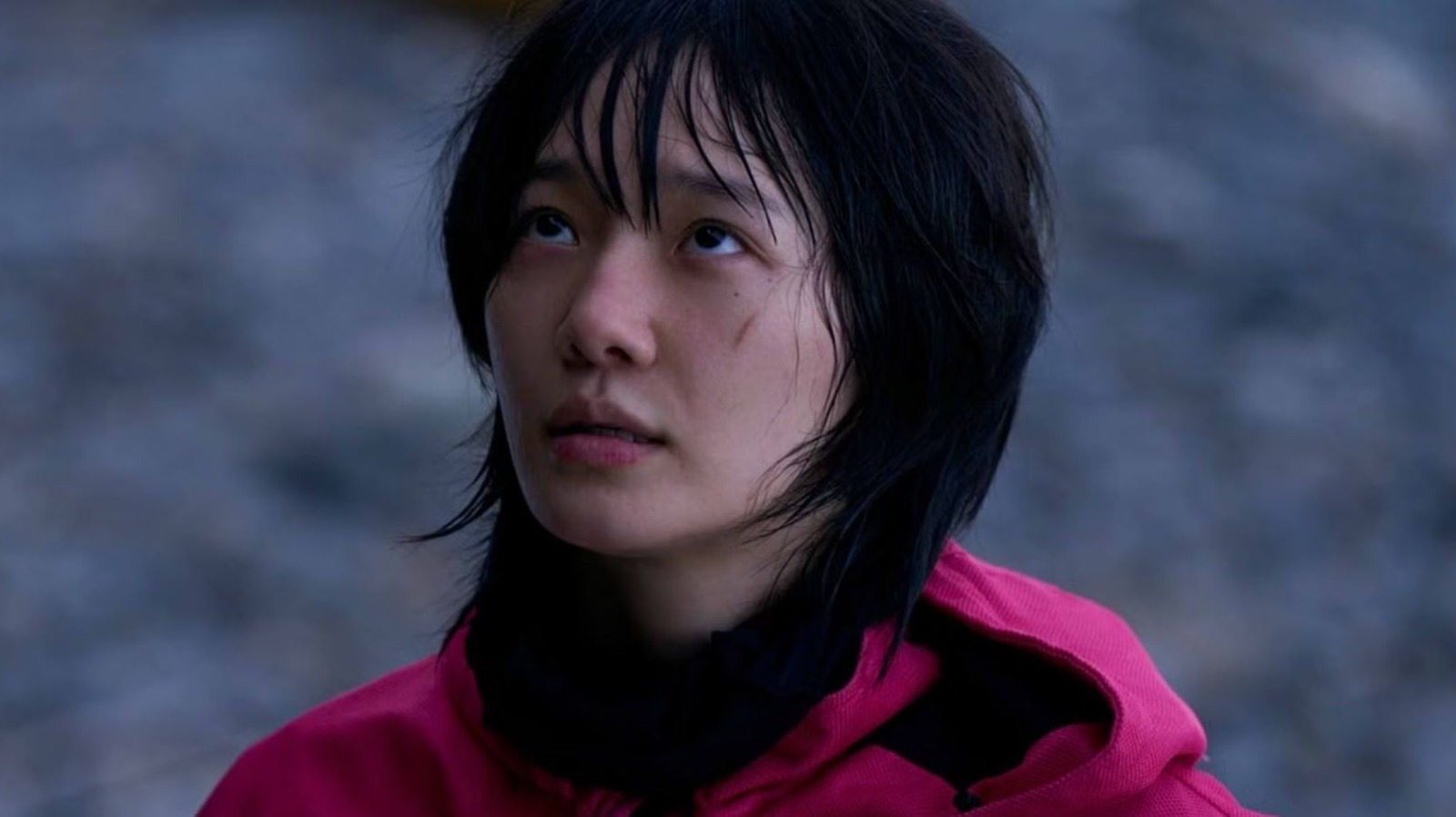
by admin | Jun 29, 2025 | TV & Beyond Articles
“Squid Game” season 2 is both exciting and underwhelming, and the return of the show’s most disgusting storyline certainly belongs in the latter category. Throughout the season, the black market organ trader subplot comes across as a weird leftover from season 1, where it tied into Jun-ho’s island-infiltrating storyline and fell by the wayside when the Front Man (Lee Byung-hun) found out about it. The sophomore season’s revelation that the Front Man’s black-clad right hand officer (Park Hee-soon) runs the whole thing and has recruited a new batch of guards in his crime ring feels repetitive and unimportant, and seems to serve no purpose beyond giving masked guard Kang No-eul (Park Gyu-young) a chance to seem comparatively heroic.
Fortunately, this changes in season 3, where we find out that “Squid Game” has been playing the long game all along. Here, No-eul uses the organ traders’ established method for transporting wounded patients to rescue Player 246 (Lee Jin-wook), the father of the sick kid No-eul connected with while working as a mascot in season 2.
